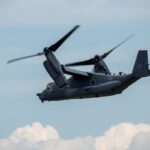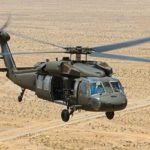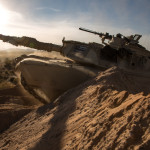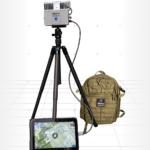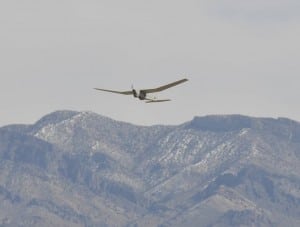
The Federal Aviation Administration (FAA) is examining the possibility of allowing the early integration of small unmanned aerial vehicles into national airspace on a limited basis and for specific commercial applications, the official overseeing the domestic use of the drones announced this week. Jim Williams, the manager of unmanned aerial systems integration at the FAA, said at a conference in Orlando, Fla. that a section of the 2012 FAA Modernization and Reform Act allows for the early use in some…

